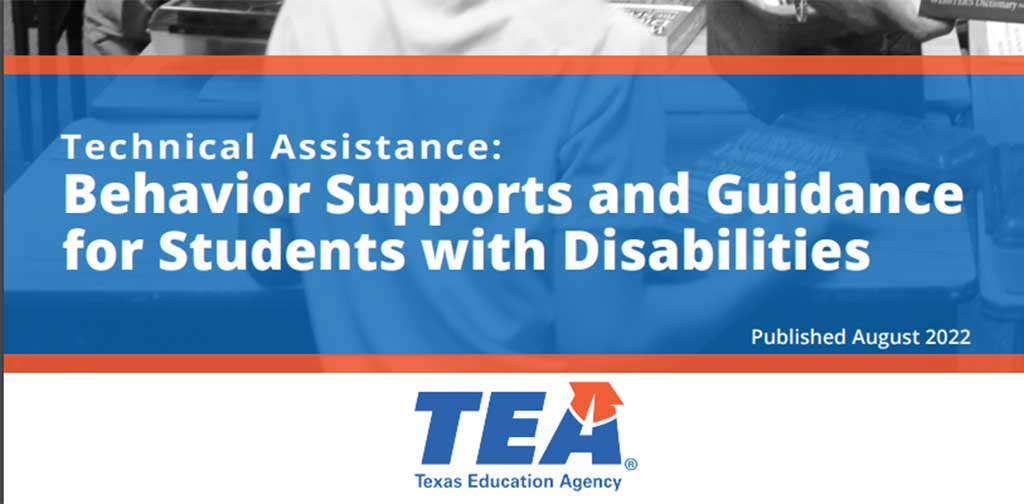The following therapies—also called “allied health services”—address symptoms commonly associated with autism, but are not specific to the disorder.
Speech-Language Therapy
Most autism behavioral intensive therapy programs include speech-language therapy. With a variety of techniques, speech-language therapy addresses a range of challenges often faced by persons with autism. For instance, some individuals on the autism spectrum do not speak, while others love to talk but have difficulty using conversational speech and/or understanding the nuances of language and nonverbal cues when talking with others.
Speech-language therapy is designed to coordinate the mechanics of speech with the meaning and social use of language. Such a program begins with an individual evaluation by a speech-language pathologist to assess an individual’s verbal aptitudes and challenges. From this evaluation, the pathologist sets goals that may include mastering spoken language and/or learning nonverbal communication skills such as signs or gestures. In each case, the goal is to help the person communicate in more useful and functional ways.
The speech language pathologist can provide therapy one-on-one, in a small group or in a classroom setting. Therapists who work with children have additional specialized training.
Augmentative and Alternative Communication
Nonverbal persons with autism can benefit from a variety of augmentative and alternative communicative (AAC) devices and methods. The Picture Exchange Communication System (PECS) is among the most commonly used with children and adults who have little or no verbal ability. Therapists, teachers and parents help the child or adult build a vocabulary and consistently articulate desires, observations and feelings through pictures. This system can be taught and used at home, in the classroom and a variety of other settings.
At the start of a PECS program, the instructor teaches the child or adult to exchange a picture for an object—for instance, a picture of an apple for an actual apple. With instruction, the person learns to distinguish pictures and symbols and use both to form sentences. Although PECS is based on visual tools, the program emphasizes and reinforces verbal communication. Caregivers can purchase standard PECS images as a part of a manual or simply gather photos from everyday sources such as newspapers, magazines and books. (Also see the Autism Treatment Networks free guide: Visual Supports and Autism Spectrum Disorder.)
Other augmentative and alternative communicative devices include specially programmed computers, iPads, and iPhones. For more information, visit the America Speech-Language Hearing Association’s AAC webpage.
Occupational Therapy
Occupational therapy (OT) addresses a combination of cognitive, physical and motor skills. Its goals including helping a child or adult gain age-appropriate independence and participate more fully in life. For a person with autism, occupational therapy often focuses on skills for appropriate play or leisure skills, learning and self-care skills.
Therapy begins with a certified occupational therapist evaluating the person’s developmental level as well as related learning styles, social abilities, and environmental needs. Based on this evaluation, the therapist determines goals and selects strategies and tactics for enhancing key skills. For instance, goals may include independent dressing, feeding, grooming and use of the toilet, along with improved social, fine motor and visual perceptual skills. Typically, occupational therapy involves half-hour to one-hour sessions with a frequency determined by the individual’s needs. In addition, the person with autism practices strategies and skills—with guidance—at home and in other settings including school.
Read information about occupational therapy’s role in autism from the American Occupational Therapy Association here. AOTA also has specific tips for students with autism in preschool and high school.
Sensory Integration Therapy
Many children and adults with autism have challenges in processing sensory information such as movement, touch, smell, sight and sound. Sensory integration (SI) therapy identifies such disruptions and uses a variety of techniques that improve how the brain interprets and integrates this information. Occupational therapy often includes sensory integration. Other times it is delivered as a stand-alone therapy.
Certified occupational and physical therapists provide sensory integration therapy. They begin with an individual evaluation to determine a person’s sensitivities. From this information, the therapist plans an individualized program that matches sensory stimulation with physical movement to improve how the brain processes and organizes incoming information. As such, the therapy often includes equipment such as swings, trampolines and slides.
Sensory integration therapy can allow a child or adult with sensory integration difficulties to become more “available” for learning and social interactions. Family members and teachers often find that its techniques can help calm an affected child or adult, reinforce positive behavior and help with transitions between activities.
Physical Therapy
Many children and adults with autism have challenges with motor skills such as sitting, walking, running and jumping. Physical therapy (PT) focuses on problems with movement that cause real-life limitations. In particular, physical therapy can improve poor muscle tone, balance and coordination.
Certified physical therapists deliver physical therapy beginning with an evaluation of a person’s physical abilities and developmental level. They then design programs of activities that target areas of challenge. Typically therapy sessions run a half hour to an hour and include assisted movement, various forms of exercise and the use of orthopedic equipment. The needs of the child or adult receiving services should determine the frequency of these sessions.
This article is from Autism Speaks @ https://www.autismspeaks.org/what-autism/treatment/what-treatments-are-available-speech-language-and-motor-impairments



